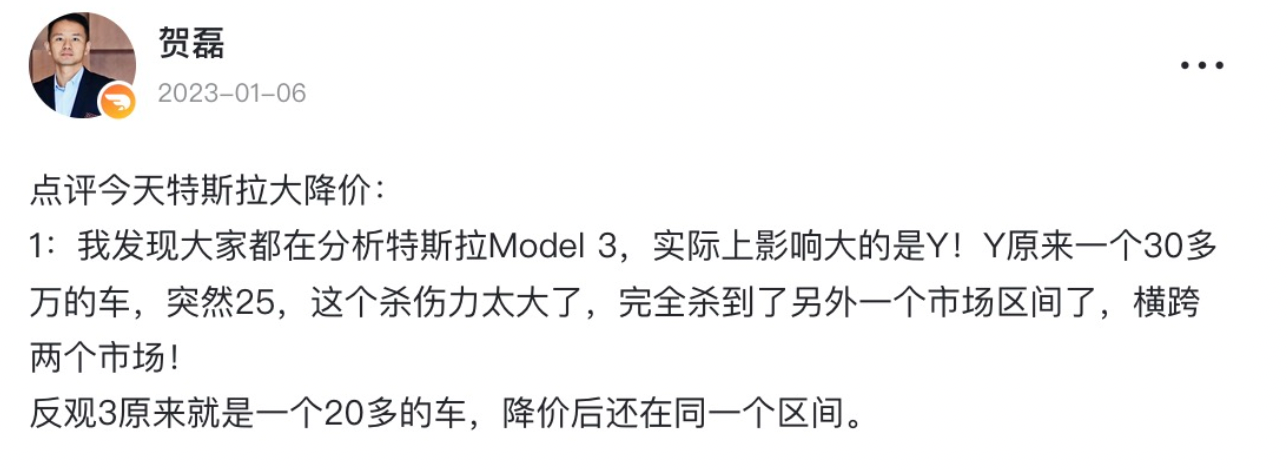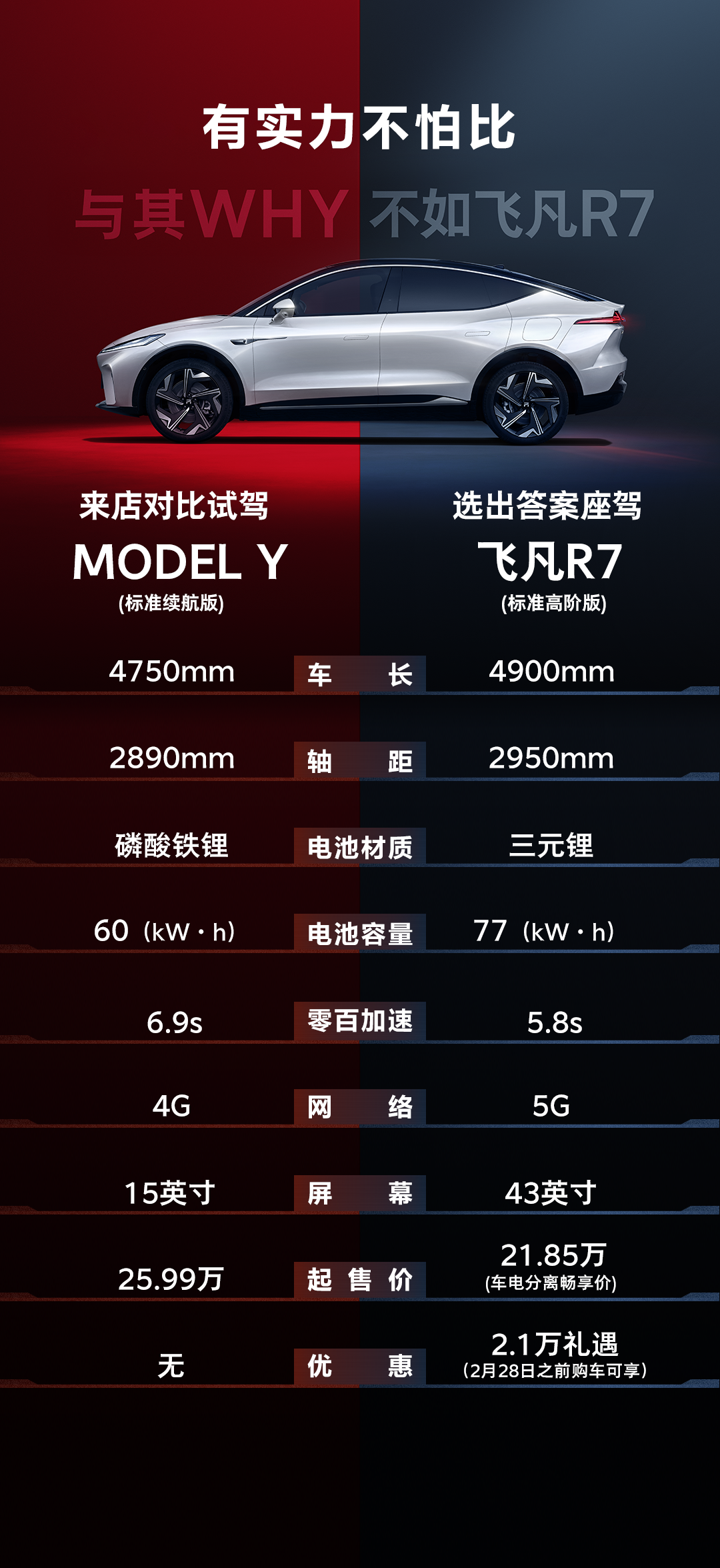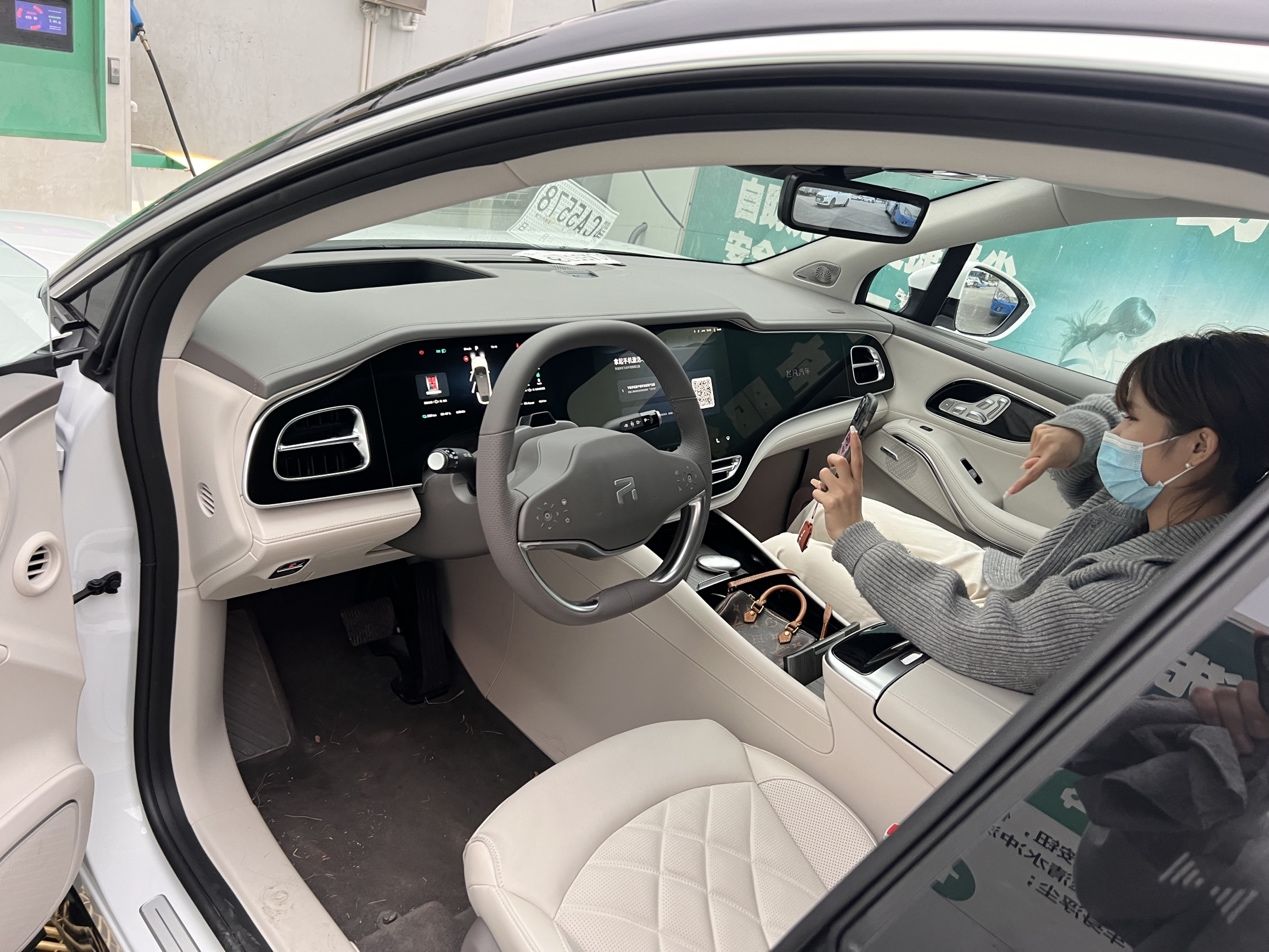The news of Tesla’s price reduction must have already been circulating on various social media platforms. I won’t go into too much detail, let’s get straight to the point – why did Tesla cut prices and should domestic car companies follow suit?
Why Did Tesla Cut Prices?
Many people speculate that Tesla’s excessive inventory caused storage pressure. From the backlog of orders to the backlog of inventory, although it sounds nostalgic, it remains an unchangeable fact. But from my point of view, excessive inventory is not the main reason for Tesla’s price reduction. By relying on Tesla’s dominance over upstream suppliers, inventory backlog can be easily resolved by increasing production, without the need for drastic price cuts backstabbing old customers. The most likely reason for Tesla’s price reduction may be an admission of Model 3 and Model Y’s insufficient product competitiveness. The effect of the strategy of using one screen to rule them all in the past is declining. It’s time for Tesla to face the fact that you can’t eat more when you’re already full. It’s time to take a rest…
Should Domestic Car Companies Follow Suit?
There’s no need to. If, as mentioned earlier, Tesla cut prices because of its weak products, this is where domestic new energy vehicles shine. Take the newly popular Flevin R7 as an example. With a larger car size, it has a cross-level positioning while retaining traditional instrument layout, and added AR-HUD and co-pilot entertainment screens. The adjustable leg drag of the seats and the 400KW motor provide 3.8s acceleration, putting it up against the Tesla Performance series. Compared with Tesla Model Y’s lone and simple dashboard, thin seats and bench-like sitting posture, the difference in product competitiveness is obvious. Of course, apart from the Flevin R7, other vehicles in the same price range, such as Nio ET5, XPeng G9, and so on, are all outstanding options in terms of driving performance and equipment selection. Our pursuit of brand added value has become a pursuit of the product itself, so from a product competitiveness perspective, domestic car companies do not need to reduce prices.
Of course, both of the above points are from the market perspective analyzing the “necessity of the price reduction behavior.” From the consumers’ perspective, we naturally hope for better quality-price ratio and more purchasing options to increase the possibility of transactions. Many KOLs on social media, such as Wu Pei, have also been paying attention to this matter. Flevin was the first to follow suit by reducing 84,000-100,000 yuan using a battery leasing approach. In addition to having a lower starting price than the Model Y, it also has Flevin’s battery switching qualifications. So, Tesla, are you going to cut prices, cut prices again or keep cutting prices?“`





“`
This article is a translation by ChatGPT of a Chinese report from 42HOW. If you have any questions about it, please email bd@42how.com.
